STRATEGIC DIRECTION & COMMITMENTS

The mission of the Vermont Foodbank is to gather and share quality food and nurture partnerships so that no one in Vermont will go hungry.
Dear Vermont Foodbank Staff and Board,
Vermont Foodbank’s mission, vision, and commitments are what guide our impact in communities. The work you do every day is what drives that impact. These few pages reflect our shared priorities, beliefs, and how we measure progress, together in one place. This strategic direction is taking us deeper into communities to foster equitable systems that reduce hunger at its roots.
As we strive to make decisions, small and big, let’s review and reflect on the shared vision of why we act, the shared goals of what we do, and the shared plan of how we do it. This document should be dog-eared and coffee stained (whether physically or virtually). Read it, talk about it, and live it. Vermont Foodbank alone will not solve hunger, yet it’s vital to feed neighbors today and partner in systems that build financial security going forward.
Sincerely,
 John Sayles, CEO
John Sayles, CEO
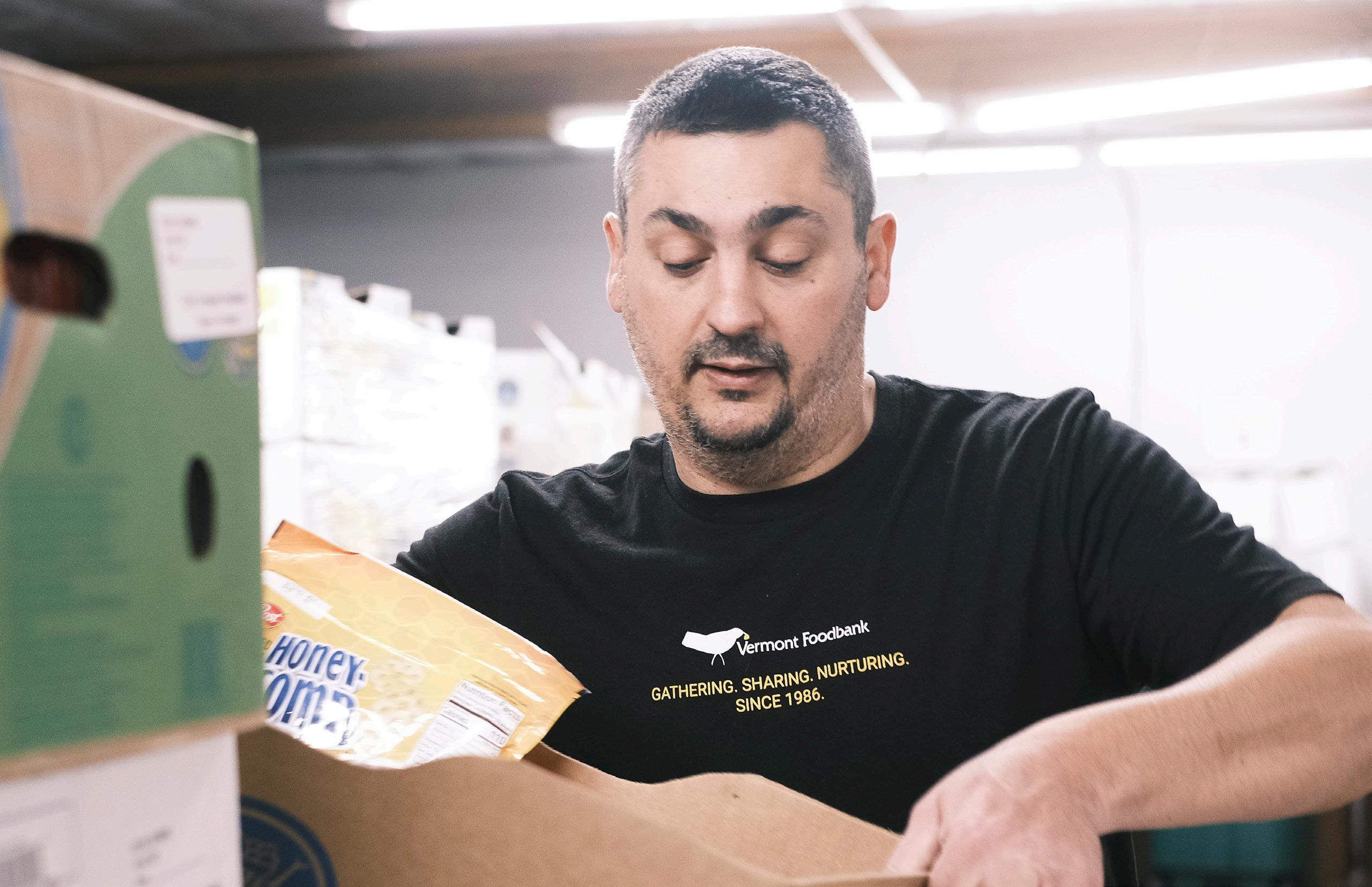
Strategic Direction 1.
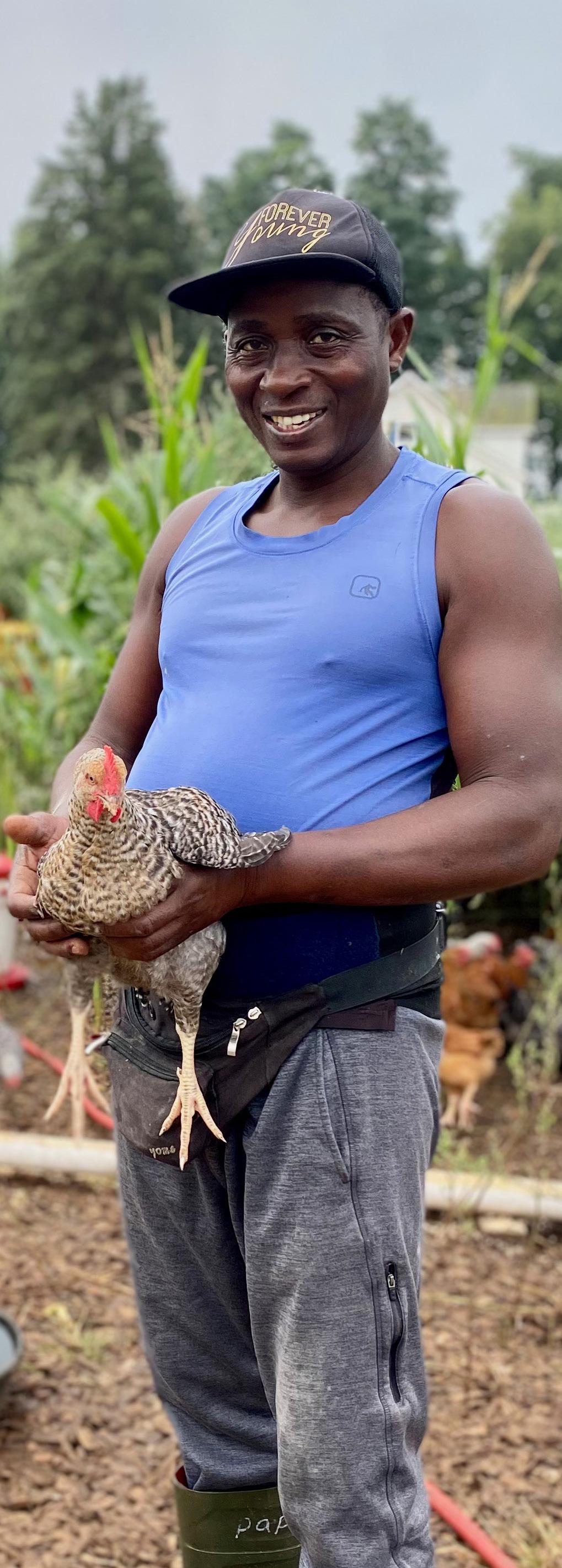
UTILIZING THIS GUIDE
This guide is a reference tool to help Vermont Foodbank employees and board integrate our vision, priorities, and commitments into our everyday work. This guide can be used when making decisions, facilitating conversations, building a work plan, setting your goals, budgeting for the next fiscal year, assessing whether to take on a new project, and more. We must continuously be asking ourselves:
• How can I contribute to our success in meeting these commitments? How can my team contribute?
• What are the small changes we can make or experiment with to support progress on our strategies? What big changes might we need to consider or plan for?
• How do we stay true to our agreed-upon principles for how we work together? And how we work with our communities and partners?
In This Guide:
• Strategic Direction
• Our Vision for Vermont
• Organizational Goals
• Organizational Strategies
• Indicators and Measures
• Our Commitments for How We Do Our Work
• Equity Statement
• Racial Equity Commitments
• Guiding Principles
2. Vermont Foodbank
STRATEGIC DIRECTION
Vermont Foodbank’s Strategic Direction defines our shared vision and high-level, multi-year priorities. We call it a “strategic direction,” instead of the more traditional “strategic plan,” as a way to codify our commitment to embracing change and continuous learning. Our strategic direction was co-created by staff and board, and with input from partners throughout our network. It is refreshed every 3–4 years, with the intention of keeping the Vermont Foodbank aligned and moving toward a shared vision that is responsive to the needs of community in time and place. The strategic direction provides ongoing opportunity to revisit what has worked, what hasn’t worked, what we’ve learned, and what shifts or changes are needed to make our biggest impact on hunger and poverty. The goals and strategies are our stretch areas, the highlevel commitments we need to make and be held accountable to in order to move closer to realizing our vision.
As we plan our daily, weekly, monthly, yearly, and future work, we look to guiding commitments and organizational goals to ground us in collaboratively strengthening the wellbeing and engagement of people in Vermont. This direction and guide prompt us to ask ourselves—how can we each contribute to these strategies and shared goals across the organization to move closer to the conditions we aspire to for all people in Vermont?
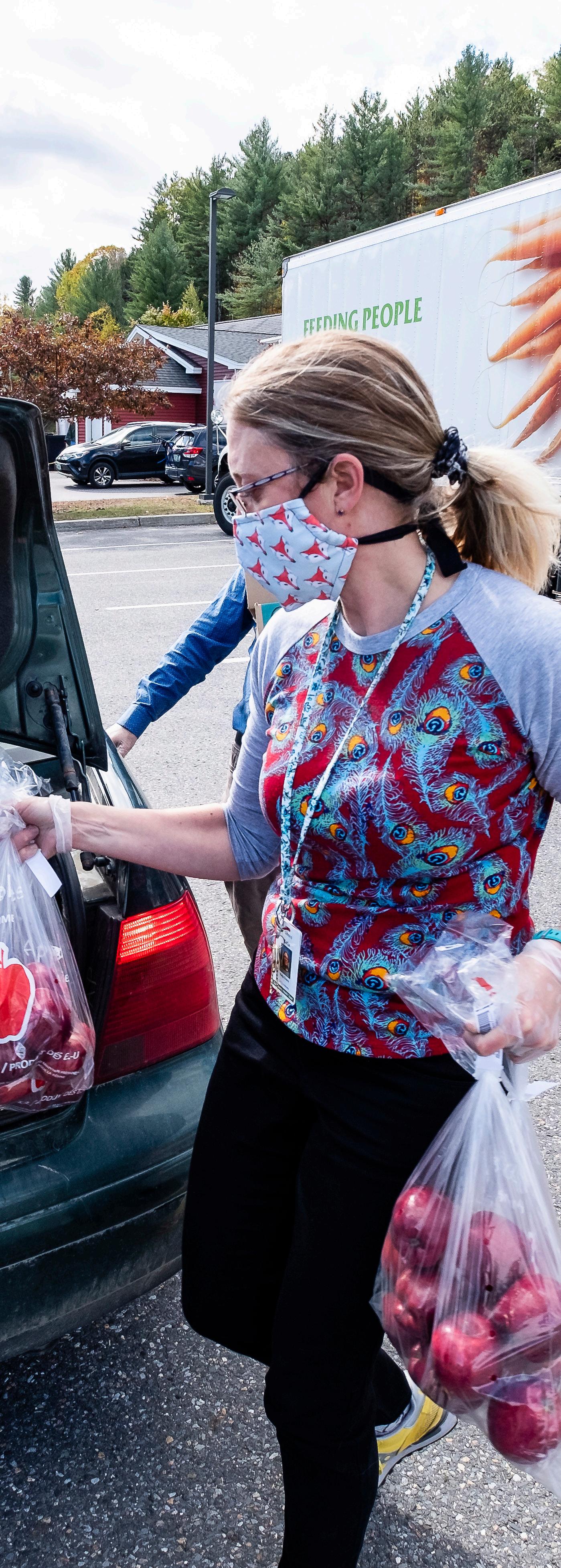
Strategic Direction 3.
OUR VISION for VERMONT
Population-Level Outcomes (The Why)
Everyone in Vermont…
• has equitable access to enough nourishing food every day.
• takes action to eliminate hunger and poverty.
• has what they need to thrive.
ORGANIZATIONAL STRATEGIES
Our Plans for Accomplishing Our Goals (The How)
Accessibility
Resource and address barriers to participation in anti-hunger and anti-poverty work.
Emergent Needs
Listen, pivot, and be responsive to emergent community needs.
Advocacy Partnerships
Advocate for anti-hunger and anti-poverty legislation and policy.
Engage in partnerships that address root causes of hunger and poverty and support community food security.
4. Vermont Foodbank
ORGANIZATIONAL GOALS
Our Contributions Toward Our Vision (The What)
Inspire and Engage People to Take Action
Collaborate With Communities to Improve Food Access and Wellbeing
Invest in Organizational Capacity and Learning
Solving hunger and poverty takes collective action. That means we have a role in activating and mobilizing people and institutions across Vermont.
Solving hunger and poverty takes community-driven solutions. That means we have to listen deeply, be responsive, and take a holistic view of food security.
Solving hunger and poverty takes time, resources, and culture change. That means we have to invest internally in the tools and work environment that enable us to be the change we wish to create in the world.
Feedback Loops
Distribute food, funds, and services based on community and individual preferences.
Data
Collect and understand quantitative and qualitative data.
Advance our use of technology and its supporting systems and structures.
Technology Culture and Practices
Cultivate internal culture and practices that center diversity, inclusion, and shared power.
Strategic Direction 5.
INDICATORS & MEASURES
How We Use Data to Understand Results
Vermont Foodbank’s Strategic Direction uses Results-Based Accountability (RBA), “a disciplined way of thinking and acting to improve entrenched and complex social problems.” RBA starts by defining the outcomes we’re trying to achieve, and then working backwards to identify the strategies and steps we’ll take to get there. RBA relies on “turn the curve” decision-making, which uses population level indicators to understand the broader context of our vision, and organizational performance measures to understand the impact and effectiveness of our organization’s contributions.
We are using Clear Impact, a data and reporting tool, to help us track our population level indicators and organizational performance measures.
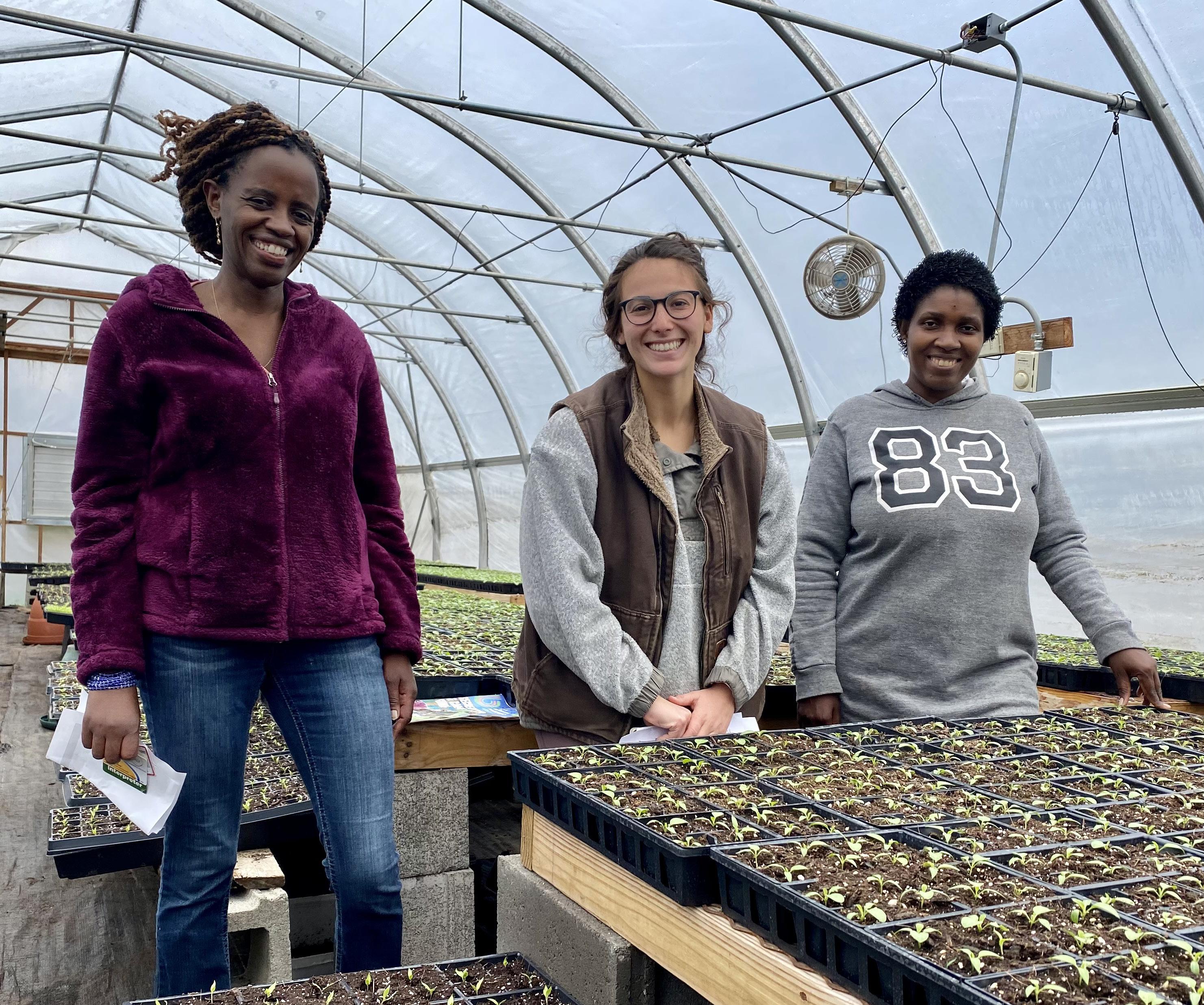
6. Vermont Foodbank
OUR COMMITMENTS for HOW WE DO OUR WORK
Guiding our work are shared commitments; provided below are some of those commitments that inform how we live into our mission and strategic direction, including our goals, strategies, and accountability.
Equity Statement
At the Vermont Foodbank, we believe that anti-hunger work is only possible with a commitment to removing barriers caused by systems of oppression – such as racism and classism – that perpetuate hunger and poverty. We recognize that systemic injustice and bias disproportionately impact some identities more than others.
Vermont Foodbank is actively working to center equity, the fair treatment of all people, in everything we do so that everyone in Vermont has access to nourishing food that reflects and values cultural differences. To that end, we commit to listening and supporting solutions to hunger that are sourced from people and communities with lived/living experience of hunger and poverty, and to responding where inequities exist. We also commit to taking great care to cultivate internal culture and practices that support diversity, inclusion, and shared power.
Racial Equity Commitments
The Vermont Foodbank understands that systems of racism and oppression are at the root of inequities in health, hunger, and economic opportunity, and disproportionately impact Black, Indigenous, and People of Color in this country and in Vermont. To remember the countless victims of hate crimes, police violence and human rights violations, and in support of the Black Lives Matter movement and all racial justice movements, we commit to:
• Educate ourselves deeply about anti-racism, especially within the food system.
• Center racial justice in all our work.
• Listen to and amplify voices of Black, Indigenous, and People of Color in our community and nationwide.
• Partner with groups and organizations working on racial justice and serving Black and brown communities.
• Ensure the safety and comfort of marginalized communities in our distribution models.
• Change our internal systems and structures to dismantle systemic racism.
• Hold space to do this work authentically, and not for public praise.
• Broaden the circle and expand the conversation in Vermont around racism.
Strategic Direction 7.
Guiding Principles
How we work together impacts our ability to serve the Vermont Foodbank’s mission and vision. We commit to doing our best to…
1. Respect our collective wisdom. No one knows everything, each of us knows something, and together we know a lot. What we each uniquely contribute IS enough.
2. Be curious and listen to understand others.
3. Develop awareness of our own biases and prejudices.
4. Be respectful of different perspectives, lived experiences, and ways of contributing.
5. Be inclusive of different learning and participation styles.
6. Challenge ourselves to interact outside of our usual habits and comfort zone. For example, listen more if you talk a lot, speak up if you tend to hang back, etc.
7. Stay engaged. Strive to be present and bring your contributions, knowing we don’t have to be articulate all the time.
8. Address conflict and tend to impact. Even when we mean well, our words and actions can still hurt someone. It’s okay to make mistakes, and regardless of intention, remember to acknowledge the impact you’ve had on others.
9. Be willing to do things differently and experience discomfort.
10. Expect and accept non-closure.

8. Vermont Foodbank
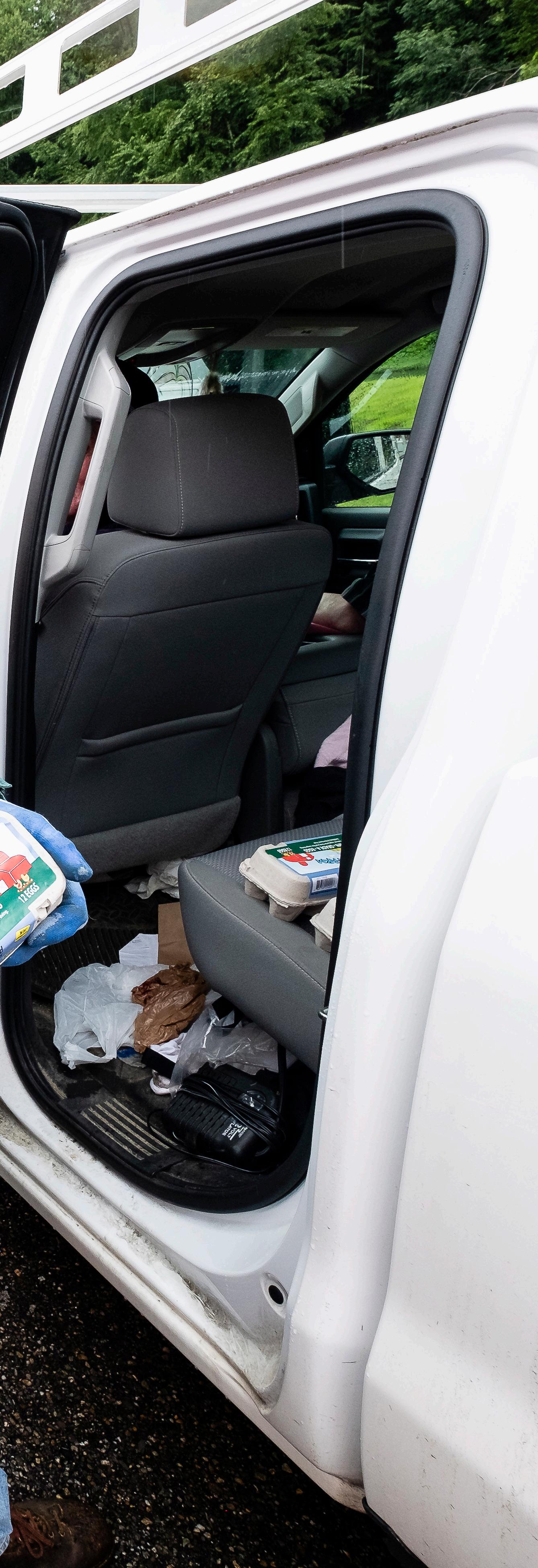
Definitions
Oppression: The intentional disadvantaging of one social group by a more powerful one for the social, economic, and political benefit of the more powerful social group. (Definition adapted from Dismantling Racism Works.)
Equity: The fair treatment of all people, ensuring that everyone has access to the resources and opportunities that they need in order to thrive. Equity (as distinct from “equality,” or treating everyone the same way) recognizes that barriers have prevented the full participation of some groups, and strives both to eliminate those barriers and to address their effects, by increasing the fairness of policies and resource distributions within institutions and systems. (Definition from Shoreline Consulting.)
Diversity: Physiological, physical, and social differences that occur among any and all individuals; including but not limited to race, ethnicity, nationality, religion, socioeconomic status, education, marital status, language, age, gender, sexual orientation, mental or physical ability, body type or size, and learning styles. (Definition adapted from Awake to Woke to Work report by Equity in the Center.)
Inclusion: The act of creating safe environments in which any individual or group can be and feel welcomed, respected, supported, and valued to fully participate and bring their full, authentic selves to the Vermont Foodbank. An inclusive and welcoming climate embraces differences and offers respect in words/actions/thoughts of all people. (Definition adapted from Awake to Woke to Work report by Equity in the Center.)
Strategic Direction 9.
Feeding People Together vtfoodbank.org 33 Parker Road Barre, VT 05641

 John Sayles, CEO
John Sayles, CEO






